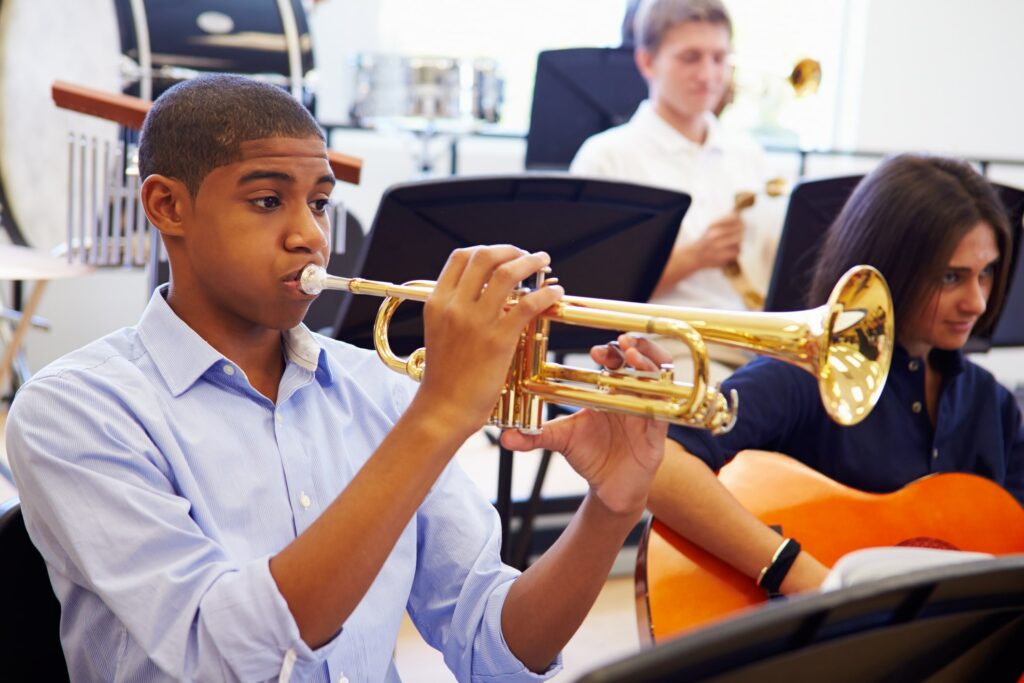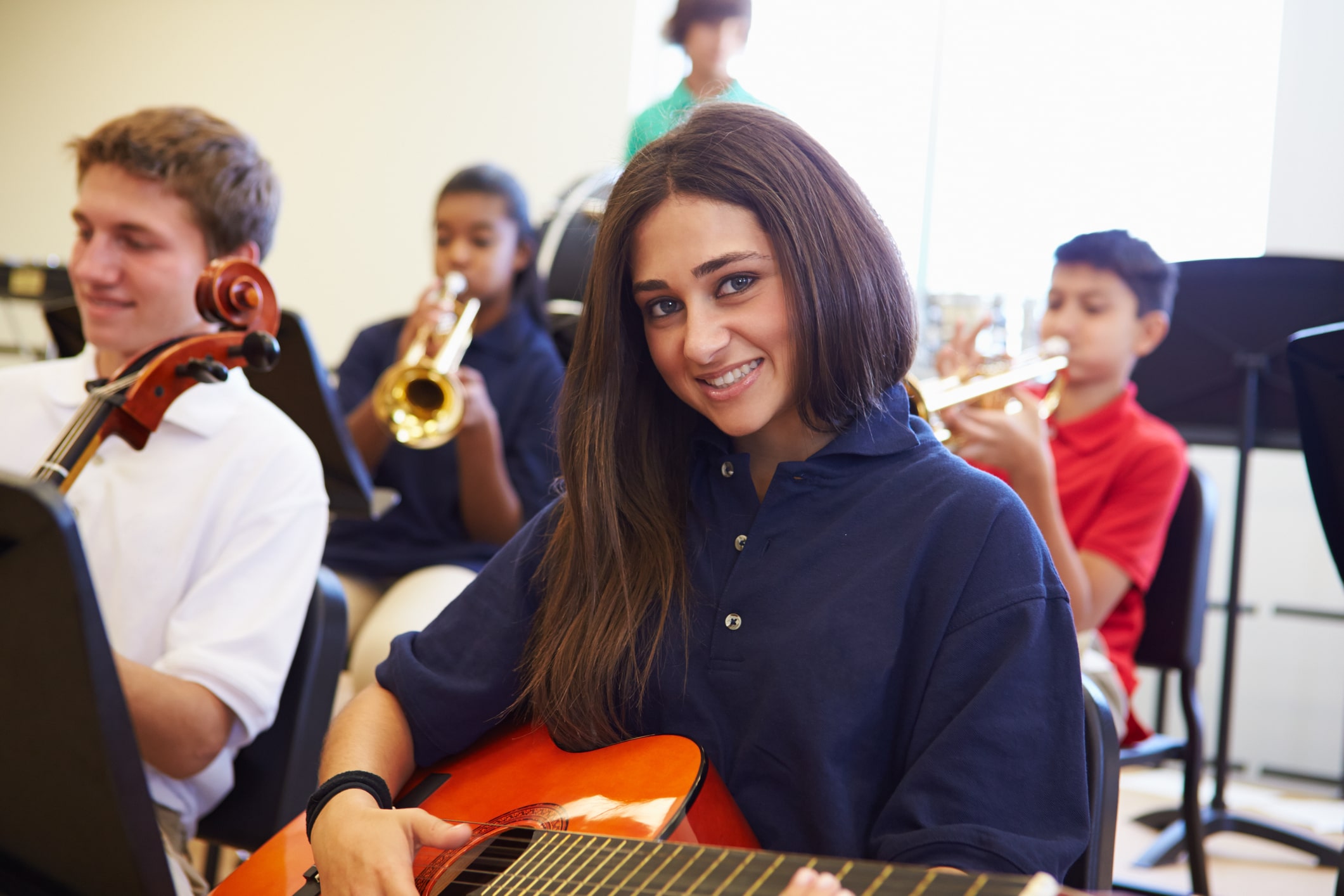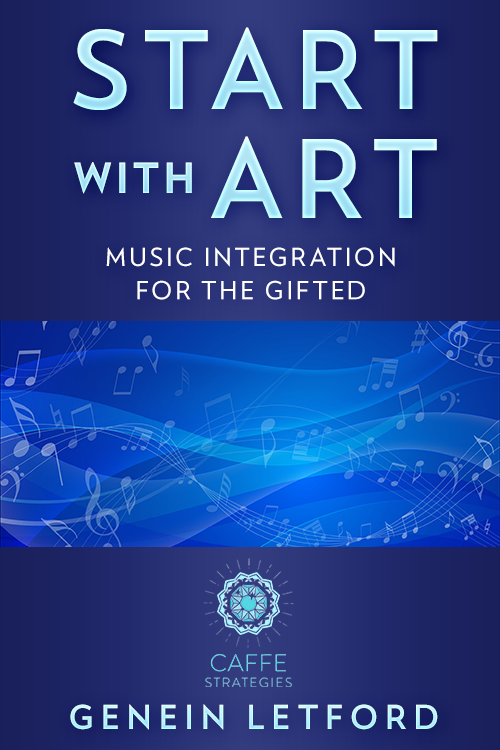The harmonious blend of music and education has forever been a topic of intrigue. When you seamlessly integrate these two elements, the outcome is nothing short of transformative. As we step into the educational realm, we find Genein Letford’s enlightening course, Start with Art: Music Integration for the Gifted. This session offers a compelling look into the vast possibilities of blending music with educational strategies, particularly catering to the gifted.
The Power of Music in Education
Music’s influence on education is profound and multifaceted. Its impact ranges from bolstering cognitive abilities to nurturing emotional well-being. Here’s what integrating music at school can offer:
- Memory Enhancement: Infusing lessons with melodies provides students with a rhythmic tool that aids in grasping and retaining complex concepts. Music can act as a mnemonic device, making learning memorable and enjoyable.
- Cultivating Multiple Intelligences: Interacting with music stimulates various intelligences, such as spatial, linguistic, and bodily-kinesthetic. This multi-pronged approach ensures an all-rounded educational experience, tapping into the students’ varying potentials.
- Nurturing Creativity: Music is a boundless ocean of creativity. When integrated with lessons, it provides students with a platform to express, innovate, and tackle challenges with newfound zest.
Soundscapes: Making Text Alive

Imagine a classroom where the textual narrative is colored with the vibrancy of sound. Genein introduces the technique of soundscapes, explaining, “Another way is we read a story, and when a certain word pops up, a group of students play their instrument. They’re immersing themselves in the narrative, furnishing it with sounds and background music.” This method intensifies immersion, improves active listening, and fosters a collaborative spirit among students.
Music as a Historical Lens
Music has always been more than mere melody. It serves as an archive, chronicling societal evolutions. Genein insightfully notes, “When you’re delving into the annals of music, you’re essentially navigating through history. Music doesn’t emerge in a vacuum; it is a reflection of the societal conventions and significant events of its era.” By understanding music from this perspective, students can gain insights into historical contexts, cultural shifts, and social dynamics in a more engaging manner.
Crafting an Effective Musical Integration
The promise of music integration is rich, but it demands a thoughtful approach:
- Start Modestly: For beginners, it’s wise to integrate music with a single subject or topic. Gauge its effect on student engagement and understanding before expanding its scope.
- Select Pertinent Music: The chosen music should be more than just a background score. It should amplify the lesson, propelling students deeper into the topic rather than diverting their attention.
- Gather Insights: Continuous feedback is key. Engage with students to understand their preferences and what kind of music they resonate with, then refine your approach accordingly.
In the grand tapestry of education, various methodologies come and go. However, the incorporation of music stands out, offering a unique blend of creativity, engagement, and learning. Genein Letford’s course, Start with Art: Music Integration for the Gifted, serves as a beacon for educators and enthusiasts alike. For those eager to harness the transformative power of musical integration, this course is an invitation to explore, experiment, and enlighten. Embark on this journey, and let the melodies of knowledge guide and inspire you.


